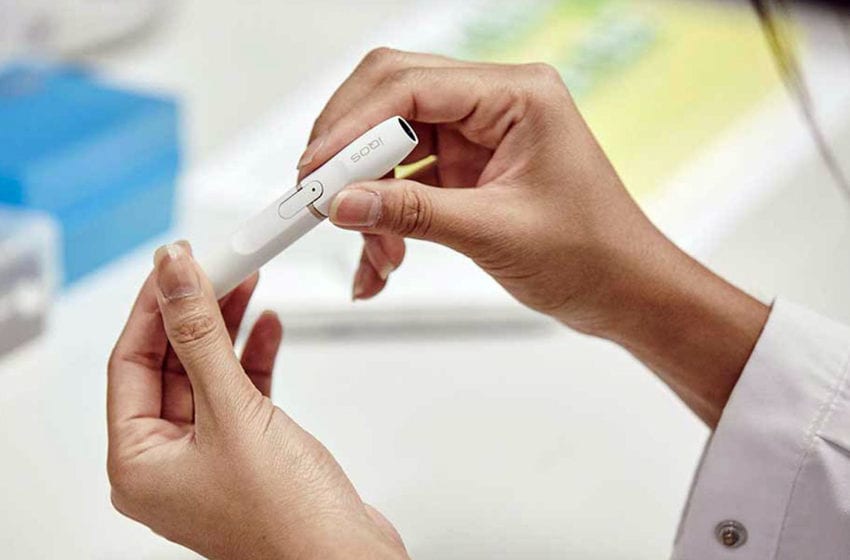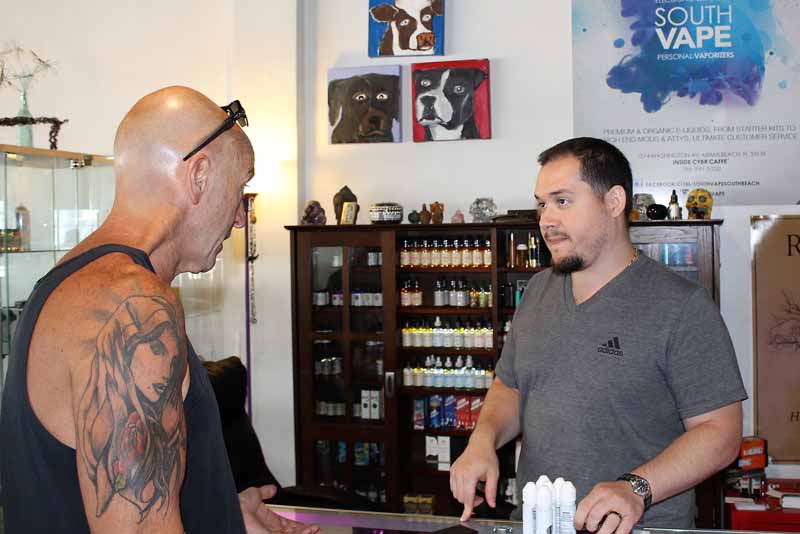But the use of disposable products is up, according to the National Youth Tobacco SurveyRead More
Tags :United States
U.S. cigarette fundamentals have been unusually strong throughout 2020.Read More
Despite the recent acceleration in decrease of cigarette volumes, the rate of decline remains considerably lower than it was last year, says Nielsen.Read More
Even as cigarette dollar sales increase during the Covid-19 pandemic, IQOS expansion remains Altria’s primary focus.Read More
Tobacco manufacturers trying to switch smokers to less risky products are often asked why they don't simply stop selling combustible cigarettes. That question can be redirected.Read More
So far this month, vaping among young people in the US has been described as the beginning of an epidemic, an exploding epidemic, and a craze that has become an epidemic.Read More
The US Food and Drug Administration has issued a final guidance on tobacco-package labels and the modification of electronic cigarettes by vape shops.Read More
On March 6, the US FDA was said to be 'catching the beginning of an epidemic' [of vaping among young people]. It failed. By March 19, it was 'capturing an exploding epidemic...'Read More
If electronic cigarettes were found to be as potentially dangerous as combustible cigarettes, would San Francisco be happy for the former to take their place alongside the latter on retail shelves?Read More
The 'problem' with vaping is that it's not killing anyone. In this so-called post-truth era, anyone with an interest in vaping should read the blog on which the story below is based.Read More








